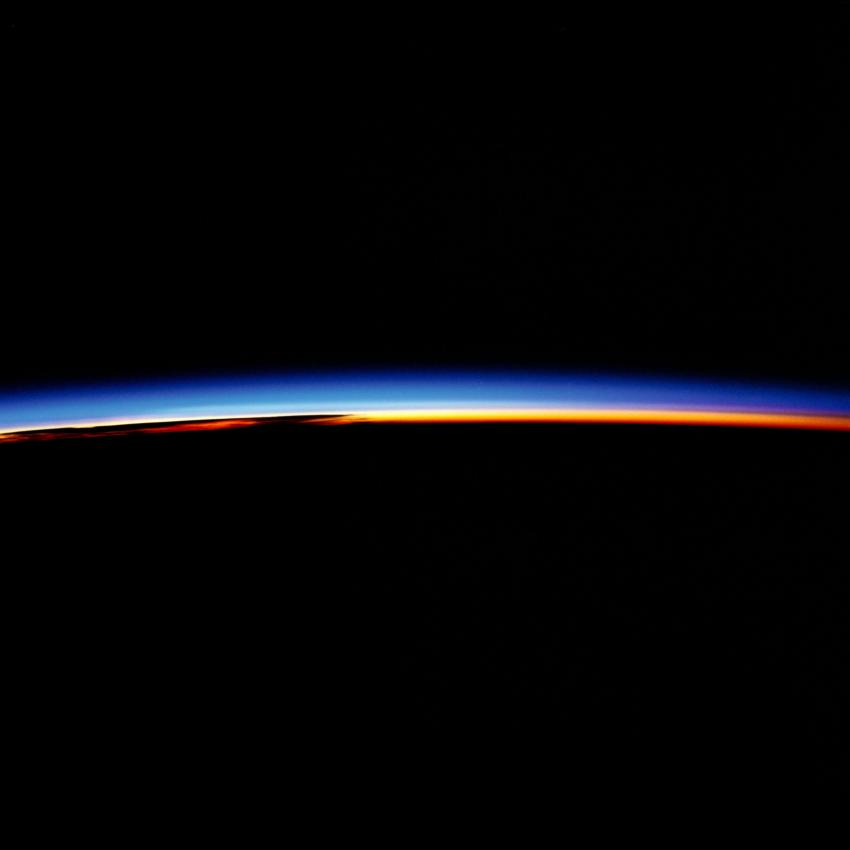Book a Fellows March SDM In Person or Online ticket
Book a Non Fellows March SDM In Person or Online Ticket
Earth’s ionosphere is the boundary between space and the atmosphere. It holds a special importance in models of the Ionosphere-Thermosphere (IT) System because plasma interactions with the magnetic field of the ionosphere become intertwined with the neutral dynamics of the thermosphere and atmosphere. In the context of global whole atmosphere models in particular, the IT system builds the top layer and is responsible for holding the information of solar wind-magnetosphere-ionosphere interactions. At high latitudes, the IT dynamics are driven by the solar wind and magnetospheric responses to solar wind driving, whereas at mid to low latitudes, the electric dynamo interactions and tides dominate. Modelling these interactions and dynamics is challenging, but important to the provision of the boundary conditions for modelling the entire atmosphere. These challenges are compounded by limited observations of the IT system.
The dynamics of the solar wind results in a varying degree of activity in the ionosphere, especially at high- to mid-latitudes. During a geomagnetic storm for example, the energy input into the mesosphere and thermosphere is much higher than during quiet times, which changes atmospheric composition in those regions. It is important to capture these dynamics to advance models for space and/or terrestrial weather and climate purposes. This comes with great challenges due to the varying observations available. The thermosphere, for example, is difficult to measure in-situ due to orbital constraints, and ground-based observations can be sparse due to geographical constraints and lack of vertical resolution. Furthermore, scale-sizes and cadences of observations vary drastically. This makes it difficult to infer physical interactions and build global empirical models, and so challenges model validation efforts.
The aim of this discussion meeting is to bring together modellers and observers of the IT system and the atmosphere, as well as researchers interested in advancing our modelling capabilities, to discuss recent scientific findings, modelling advances and future plans.
"How Data Assimilation Advances the Science and Engineering of Forecasting Near-Earth Space Environments” Tomoko Matsuo invited speaker.
Please submit abstracts before the 16th February using this form: https://docs.google.com/
This meeting will take place in person and online.
Link to the abstract booklet: https://drive.google.
10:30 | Introductions | |
10:45 | Tomoko Matsuo | From Earth to the Edge of our Planet: How Data Assimilation Advances the Science and Engineering of Forecasting Near-Earth Space Environments |
11:15 | Thomas Ulich (online) | EISCAT_3D - Next Generation European Arctic Geospace Radar |
11:30 | Lei Cai (online) | Upper thermospheric wind responses to substorms based on the measurements by an FPI in Tromsø, Norway |
11:45 | Anasuya Aruliah | Meeting the challenges of limited observations for the global modelling of the ionosphere-thermosphere system |
12:00 | Dan Marsh (online) | Pathways to improved prediction of the MLTI system |
12:15 | Tom Stallard | Jupiter and Jupidarn: Meeting the Challenges of Limited Modelling for Global Observations of the Ionosphere-Thermosphere System |
12:30 | Lunch break | |
12:45 | Lunch break | |
13:00 | Lunch break | |
13:15 | Lunch break | |
13:30 | Lisa Baddeley (online) | The Polar Geospace Observatory – a new facility on Svalbard? |
13:45 | Phil Erickson (online) | New Ground-based Regional Remote Sensing Systems for Mesoscale Ionospheric and Thermospheric Observations |
14:00 | Ravi Desai | ROARS: Revealing Orbital and Atmospheric Responses to Solar activity — A candidate ESA multi-spacecraft mission to Low Earth Orbit |
14:15 | Mike Hapgood | Space weather – what do we need to measure from the ground? |
14:30 | Break | |
14:40 | Gareth Dorrian | Swarm-Variability of Ionospheric Plasma (Swarm-VIP); modelling the topside ionosphere |
14:55 | Tim Yeoman | The Hankasalmi auroral imaging radar system (HAIRS): a new tool for studying the Ionosphere-Thermosphere system |
15:10 | Ashley Smith | The VirES service as a platform for accessing and analysing geomagnetic and other data from Swarm and beyond |
15:15 | Discussion | |
15:25 | Closing Remarks | |
ORGANISERS:
Maria-Theresia Walach (Lancaster University)
Mai Mai Lam (British Antarctic Survey)
David Themens (Birmingham University)
Anasuya Aruliah (University College London)
Andrew Kavanagh (British Antarctic Survey)


